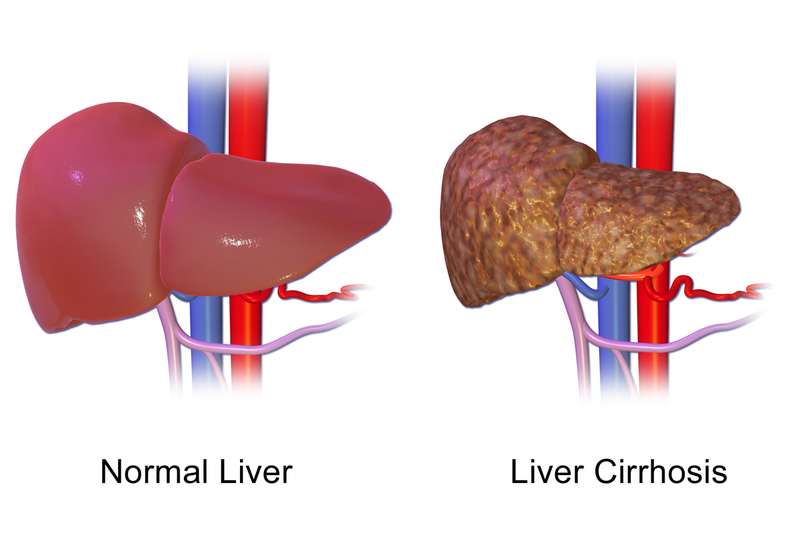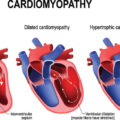A severe form of alcoholic liver disease, characterized by necrosis and permanent architectural distortion of the liver due to fibrous tissue formation and regeneratory nodules. This is a strictly histological definition, but diagnosis is often made on clinical grounds only.
Alcoholic cirrhosis occurs mainly in the 40-60-year age group, after at least 10 years of hazardous drinking. Individuals show symptoms and signs of hepatic decompensation such as ascites, ankle oedema, jaundice, bruising, gastrointestinal haemorrhage from oesophageal varices, and confusion or stupor due to hepatic encephalopathy. About 30% of patients are “well compensated” at the time of diagnosis and report nonspecific complaints such as abdominal pain, bowel disturbance, weight loss, and muscle wasting and weakness. Liver cancer is a late complication of cirrhosis in approximately 15% of cases.
Alcoholic cirrhosis is sometimes termed “portal cirrhosis” or “Laënnec cirrhosis”, although neither of these terms necessarily implies an alcohol causation.
In non-tropical countries in which alcohol consumption is substantial, alcohol use is a dominant cause of cirrhosis. Because of under-recording of the alcohol connection, total cirrhosis mortality-rather than “cirrhosis with mention of alcoholism”-is often used as an indicator of alcohol problems.






